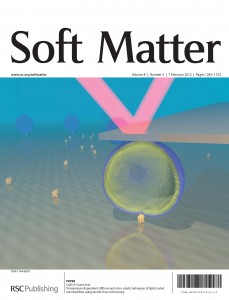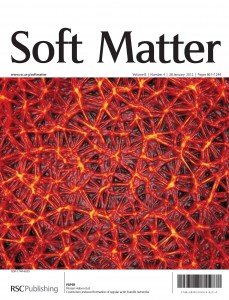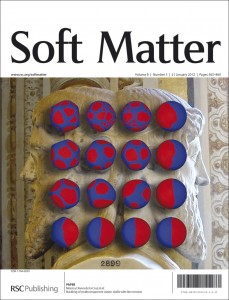 Tannins are well known to influence the taste of food and drinks, in particular red wine. This has to do with the astringent sensation that the tannins produce in the mouth; a dry and puckering effect. Tannins are water soluble polyphenols that interact with proteins and precipitate them out. They are produced by plants as part of their defence mechanism against parasitic invasion. The tannins bind to enzymes released by the parasite causing the enzyme to precipitate. The enzyme is rendered useless and the invasion halted.
Tannins are well known to influence the taste of food and drinks, in particular red wine. This has to do with the astringent sensation that the tannins produce in the mouth; a dry and puckering effect. Tannins are water soluble polyphenols that interact with proteins and precipitate them out. They are produced by plants as part of their defence mechanism against parasitic invasion. The tannins bind to enzymes released by the parasite causing the enzyme to precipitate. The enzyme is rendered useless and the invasion halted.
The binding of tannins to proteins also occurs in our bodies when we eat or drink tannin-containing foods. In the mouth the interaction between tannins and saliva causes astringency. Tannins are also known to bind to our digestive enzymes resulting in a reduced ability to digest food. If consumed in large quantities tannins can lead to serious malnutrition. So why is it that we can drink, for example, red wine and not die? Bernard Cabane at the ESPCI Paris has been trying to answer exactly this.
Cabane and coworkers have been investigating the interactions between salivary proline-rich proteins and the tannins present in green tea. Their work concentrates on two salivary proteins, one glycosylated and one non-glycosylated, with the same polypeptidic backbone. For the non-glycosylated protein the tannins are observed to bind randomly along the protein chain. The chains have very extended conformations, which may make it more efficient at binding the tannins. Increasing the tannin concentration results in the formation of protein-tannin aggregates and precipitation of the proteins, once the concentration is high enough. The precipitation of the protein degrades the lubrication in the mouth resulting in an astringent sensation. Since precipitation only occurs once the threshold concentration of tannins to proteins is reached, Cabane suggests that it may act as a warning system telling us when the tannin levels in our body are too high.
For the glycosylated protein, on the other hand, no precipitation is observed in the presence of tannins. Instead globular aggregates, resembling micelles, form with the hydrophilic sugars on the outside and the hydrophobic residues of the protein backbone, which bind the tannins, on the inside. These micelles act as tannin traps with roughly 1000 tannins locked within each micelle. The efficient binding of the tannins in the micelle, means that the tannins can enter the digestive system with no adverse effects on the body.
Cabane is also interested in the oxidisation of tannins and the effect it has on the flavour of foods.
H. Boze et al., Proline-rich salivary proteins have extended conformations, Biophysical Journal, 2010.
Pascal, C et al., Aggregation of a proline-rich protein induced by epigallocatechin gallate and condensed tannins: Effect of protein glycosylation, Journal of Agricultural and Food Chemistry, 2008.
Vernhet, A et al., Characterization of oxidized tannins: comparison of depolymerization methods, asymmetric flow field-flow fractionation and small-angle X-ray scattering, Analytic and Bioanalytical Chemistry, 2011.

















 The outside front cover features an article on
The outside front cover features an article on